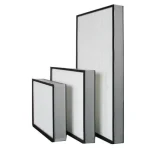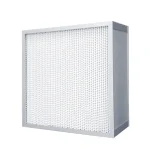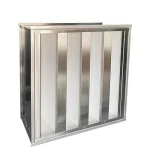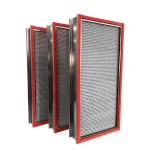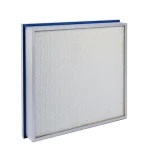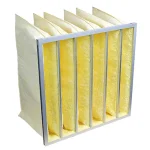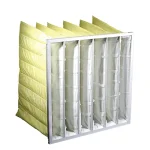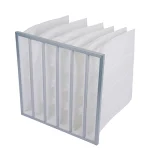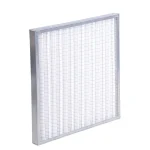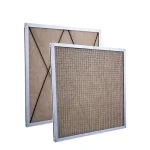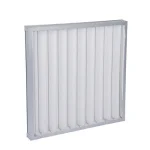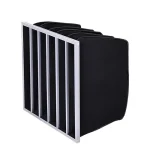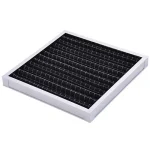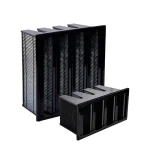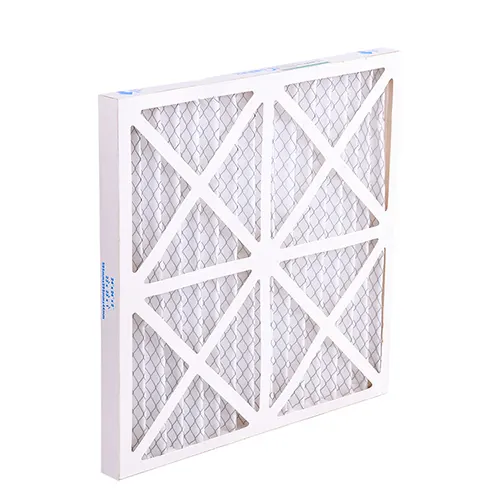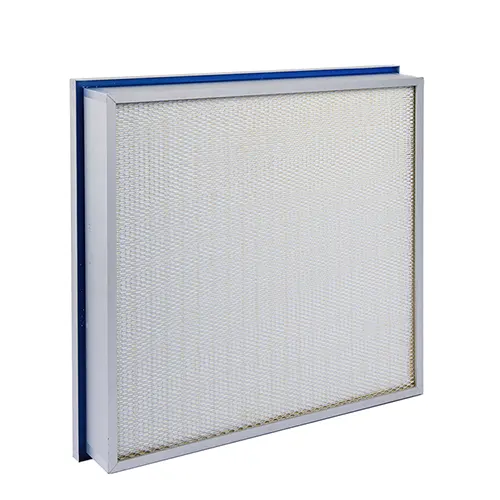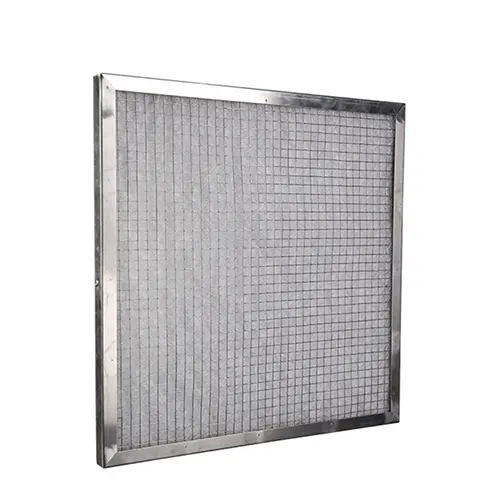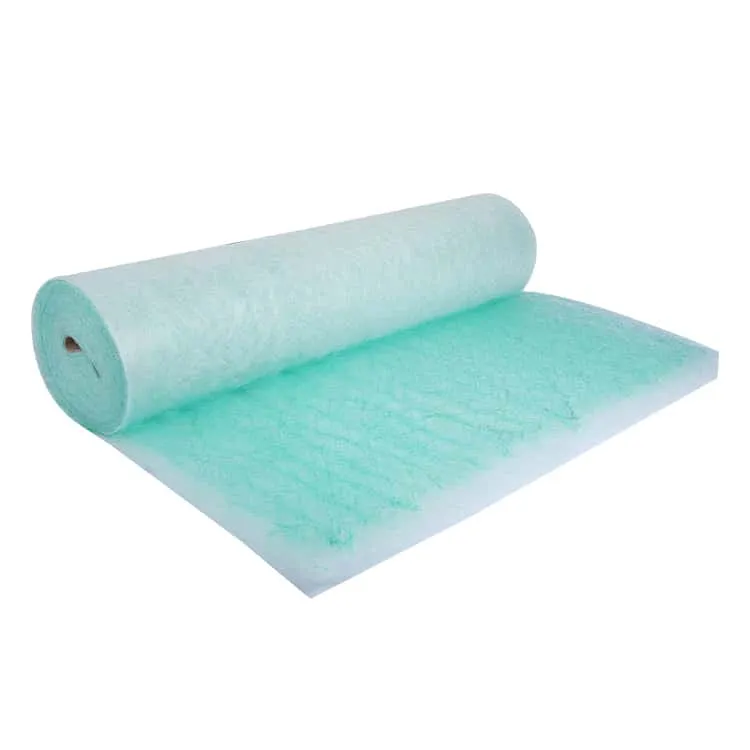Air Filters and Worker Health: Protecting Employees in Industrial Settings
Table of Contents:
Section 1: Health Risks of Poor Air Quality
Section 2: Types of Air Filters for Industrial Use
Section 3: Benefits of Using High-Efficiency Air Filters
Section 4: Implementing Air Filtration Systems
Maintaining good air quality in industrial settings is crucial for the health and well-being of workers. Airborne contaminants such as dust, chemicals, and fumes can pose serious health risks if not properly managed.
Air filters play a vital role in maintaining healthy air, protecting employees from harmful pollutants, and ensuring a safer working environment.
Health Risks of Poor Air Quality
Common Airborne Contaminants in Industrial Environments
1. Dust and Particulate Matter: Generated from processes like grinding, cutting, and sanding, these fine particles can easily become airborne.
2. Volatile Organic Compounds (VOCs): Emitted from chemical processes, solvents, and industrial coatings, VOCs include harmful substances like benzene and formaldehyde.
3. Chemical Vapors and Fumes: Produced from welding, painting, and chemical manufacturing, these contaminants can be toxic and irritating.
4. Biological Contaminants: Including bacteria, viruses, and mold spores, these can be present in humid or damp environments.
Impact of Poor Air Quality on Worker Health
Exposure to poor air quality in industrial environments can cause both immediate and long-term health issues for workers, including symptoms like headaches, dizziness, and irritation of the eyes, nose, or throat. Prolonged exposure can lead to more severe conditions, significantly impacting productivity and increasing absenteeism due to illness.
Specific Health Conditions Linked to Poor Air Quality
1. Respiratory Diseases: Chronic exposure to dust and chemical fumes can cause breathing difficulties, persistent cough, and reduced lung function.
2. Cardiovascular Problems: Studies have shown that inhaling fine particulate matter and toxic chemicals can contribute to cardiovascular issues, including heart attacks and hypertension.
3. Allergic Reactions: Biological contaminants like mold spores can trigger allergic reactions, leading to symptoms such as sneezing, runny nose, and skin rashes.
Types of Air Filters for Industrial Use
HEPA Filters (High-Efficiency Particulate Air Filters)
HEPA filters are designed to capture at least 99.97% of airborne particles as small as 0.3 microns. They consist of a dense mat of fibers arranged in a random pattern, which traps particles through diffusion, interception, and impaction.
Pocket Filters
Pocket filters, also known as bag filters, are made of extended surface media that forms pockets. These filters have a high dust-holding capacity and are designed to handle large volumes of air and contaminants.
Panel Filters
Panel filters are flat, rectangular filters typically made of fiberglass or synthetic media. They are often used as pre-filters to capture larger particles before the air passes through more efficient filters.
Activated Carbon Filters
Activated Carbon Filters filters use activated carbon’s large surface area and porous structure to adsorb gases, odors, and volatile organic compounds (VOCs) from the air. These filters are often used in combination with other filters to provide comprehensive air purification.
Cleanlink offers quality air filters for differernt types of HVAC systems in various industrial settings. If you have any questions related to air filtration, feel free to contant our filtration experts for assistants.
Benefits of Using High-Efficiency Air Filters
Improved Air Quality and Reduction of Health Risks
High-efficiency air filters, such as HEPA and ULPA filters, capture a wide range of airborne contaminants, significantly improving indoor air quality. This reduction in pollutants lowers the risk of respiratory issues, allergies, and other health problems among workers.
Enhanced Productivity and Reduced Absenteeism
Clean air reduces symptoms like headaches, fatigue, and respiratory discomfort, allowing employees to perform tasks more efficiently. Fewer health-related issues also lead to reduced absenteeism, maintaining consistent productivity levels.
Long-Term Cost Savings for Businesses
While high-efficiency filters may have higher initial costs, they lead to substantial long-term savings by reducing healthcare expenses and absenteeism. These filters also protect HVAC systems, lowering maintenance costs and extending equipment lifespan, making them a cost-effective investment.
Implementing Air Filtration Systems
Improved Air Quality and Reduction of Health Risks
To effectively implement air filtration systems, the following steps are recommended:
1. Assess Air Quality Needs: Conduct an air quality assessment to identify the specific contaminants present in the industrial environment. This assessment will help determine the appropriate type and efficiency of air filters required.
2. Choose the Right System: Based on the assessment, select the air filtration system that best meets the facility’s needs. Consider factors such as the type of contaminants, filter efficiency, and the specific industrial application.
3. Installation and Maintenance: Proper installation is crucial for the effectiveness of air filtration systems. Ensure that filters are installed correctly and follow a regular maintenance schedule to replace filters as needed and maintain optimal performance.
Conclusion
Air filters are essential for protecting worker health in industrial settings. By reducing airborne contaminants, these systems prevent respiratory issues, enhance productivity, and contribute to overall worker well-being.
Prioritizing air quality improvements through the implementation of effective air filtration systems is a crucial step in creating a safer and healthier industrial workplace.
